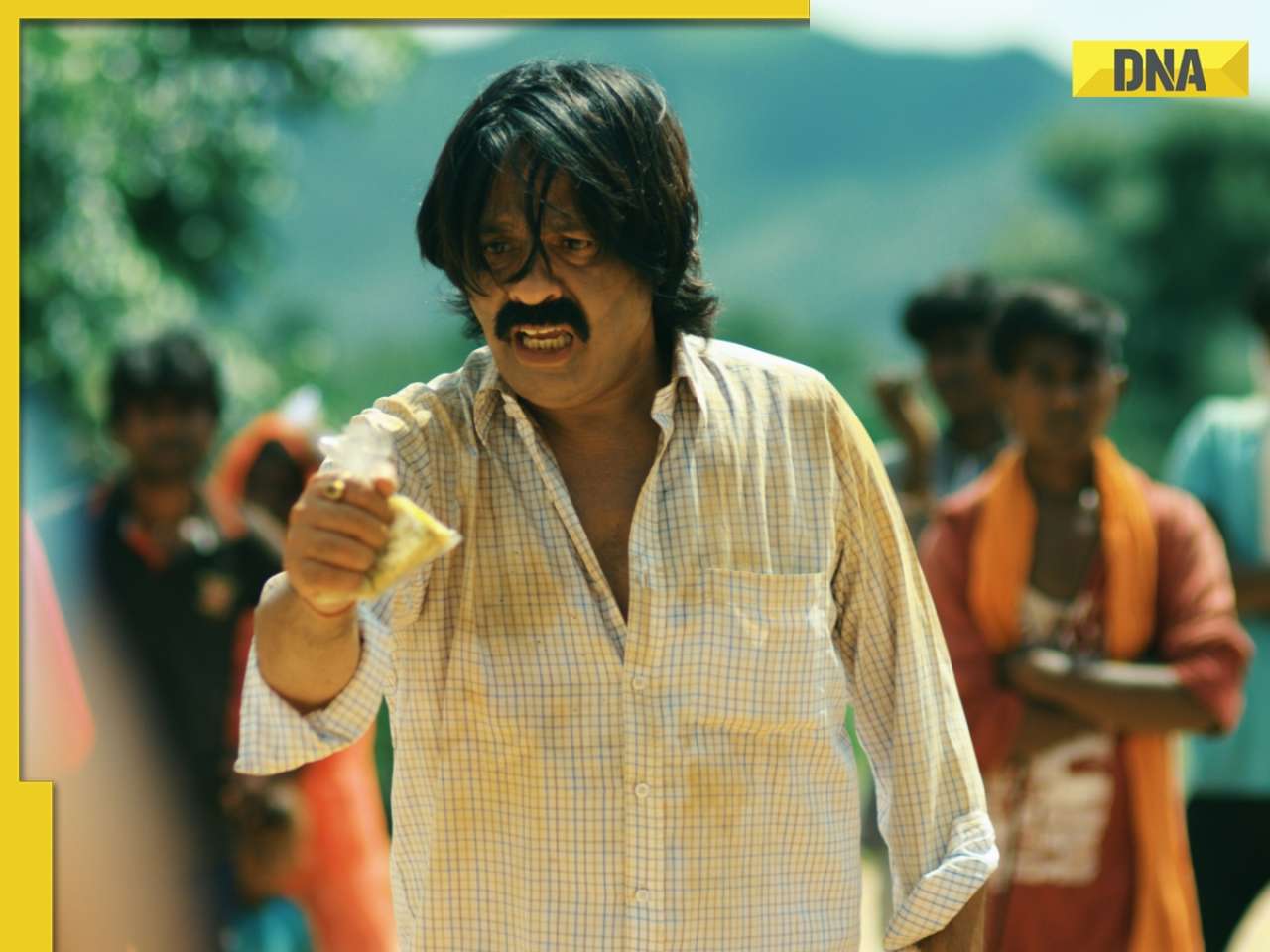 |
|
The meteoric rise and subsequent fall of Rahul Roy serves as a compelling case study in the fickle nature of the Bollywood film industry. His debut in 1990's Aashiqui catapulted him to unprecedented heights of fame. At just 24 years old, he eclipsed even the established Khans—Shah Rukh and Salman—in popularity, a testament to the film's phenomenal success and Roy's undeniable screen presence. His dashing looks and iconic hairstyle captivated audiences, solidifying his position as a leading man. This initial success, however, was not sustainable, highlighting the precarious balance between fleeting fame and lasting career longevity in the intensely competitive world of Hindi cinema. The film's impact transcended box office numbers, etching Roy's name into the annals of Bollywood history, a symbol of the romantic era of the 90s.
The success of Aashiqui, while monumental, proved to be a double-edged sword. The subsequent pressure to maintain that level of success, the relentless pursuit of similar roles, and perhaps a lack of strategic career planning, led to a series of unfortunate choices. The following nine years witnessed a stark reversal of fortune. A staggering fifteen consecutive flops hammered Roy's career, steadily eroding his position at the pinnacle of Bollywood. His once-unwavering star power began to dim, replaced by a sense of uncertainty and dwindling opportunities. This period underscores the importance of adaptability and diversification in the face of setbacks, a lesson many ambitious actors learn the hard way in the ever-changing landscape of the film industry. The stark contrast between his initial triumph and the subsequent string of failures paints a vivid picture of the highs and lows inherent in a career driven by public perception and box-office performance.
The year 2001 marked the end of Roy's run as a leading man with the release of Afsana Dilwalon Ka. The subsequent break from acting suggests a period of introspection and reevaluation. His participation in and victory on the first season of Bigg Boss in 2006 represented a bold attempt at a career resurgence. Reality television provided a platform to reconnect with the public, offering a chance to showcase a different facet of his personality. While the win undoubtedly garnered attention and a renewed sense of visibility, it failed to reignite his former stardom. Despite returning to acting, his efforts yielded five more unsuccessful films. By 2010, he had transitioned to supporting roles, a significant shift that speaks to the unforgiving realities of maintaining relevance in the cutthroat world of Bollywood. This illustrates the limitations of reality TV as a viable career rejuvenator for established actors struggling to regain prominence in their primary field. The underlying issue seems to be the difficulty of shedding the image of a once prominent star and re-establishing a new identity.
Rahul Roy's journey is a potent reminder of the transient nature of fame in the entertainment industry. His story is not unique; many actors have experienced similar rises and falls. The intensity of the competition, the fickle nature of audience preferences, and the ever-evolving dynamics of the industry contribute to the precariousness of a Bollywood career. Roy's tale serves as a cautionary example, highlighting the importance of careful career management, adaptability, and the acceptance of the unpredictable twists and turns that can define a life in the spotlight. His story is more than just a Bollywood narrative; it’s a reflection of the broader challenges faced by individuals striving for sustained success in a field governed by fickle trends and relentless competition. The elements that propelled him to superstardom initially were no match for the cumulative weight of consecutive failures and the industry's relentless demand for fresh talent.
The case of Rahul Roy provides valuable insights into the complexities of the Bollywood machine and the human cost of pursuing elusive stardom. It prompts questions about the pressures placed upon actors to maintain a particular image, the potential downsides of sudden fame, and the long-term implications of a career heavily reliant on public perception. Ultimately, his journey underscores the need for artists to approach success with a degree of humility and perspective, recognizing that the arc of a career is rarely a straight line and that adapting to change and managing expectations are crucial for long-term sustainability in the ever-shifting sands of the entertainment industry. The story of Rahul Roy serves as a fascinating and sobering reminder that even the brightest stars can fade, leaving behind a legacy that is both a testament to past glories and a recognition of the unpredictable trajectory of a life dedicated to the pursuit of artistic expression within the intensely demanding context of Bollywood.
